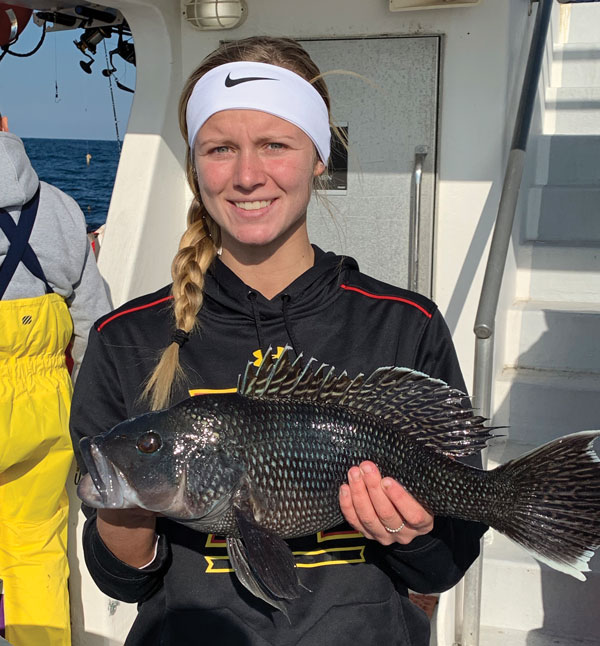The right tips and strategies will always help you complete your task, which is true for wreck fishing. If you’re going for Sea Bass or BlackFIsh wreck fishing in Nassau County, you’ll need the right tactics. Wreck fishing can be a gamble, but if you have a good game plan in place, the results can surprise you.
So, after an hour of driving, you eventually arrived at the expected wreck, and you abruptly slowed down the boat because your fish-finding system had detected some signs of structure. You can see it on your screen, and above it are green and blue marks that indicate fishes. So, what else needs to be done?
Follow this blog to the end if you want to go for BlackFish or Sea Bass wreck fishing in Nassau County. From May to October, coast wrecks 50 to 100 feet under the surface are home to a plethora of wildlife. If you find a large number of Sea bass, cobia, blackfish, triggerfish, flounder, false albacore, spadefish, and more, don’t be surprised.
More About Wreck Fishing
Wreck fishing is all about figuring out the vehicles that have sunk to the ocean’s depths. This includes planes, aircraft, warships, submarines, and other vessels. Wreck fishing usually involves finding vehicles that have sunk by accidents, but these vehicles are intentionally sunk to establish artificial reefs in some situations. The seafloor is riddled with wrecks from the coast to the continental shelf’s edge. And big rivers and lakes, including the Great Lakes, have wrecked.
It makes no difference where you find a wreck on a trip to wreck fishing; it will almost always provide excellent fishing. This is because many underwater species make their homes in wrecked vehicles, making their predators prowl the waters nearby. There are both resident and seasonal fish species on several wrecks.
How to Conduct Wreck Fishing?
You will need some specific fishing techniques in sea bass or BlackFish wreck fishing in Nassau County. Wreck fishing is similar to reef fishing in that it allows you to use much of the same techniques. Anchoring up and chumming is a tried-and-true technique, but drifting and trolling can also be effective in some situations. Fish can live in the wreck, close to the wreck, or on one side of the wreck due to the current; thus, knowing exactly where you need to anchor up is critical. Some fish may be attracted to the surface, while others must be hunted on the seabed. Bottom fishing and jigging are two methods that have been proven to capture a variety of fish. Bottom fishing and jigging are two methods that have been proven to capture a variety of fish.
Conclusion
Wrecks can be found in any ocean, although certain places may be more popular hotspots for a variety of species. When fishing the wrecks, you never know what you’ll catch. And it’s for this reason that wreck fishing is so exciting.
